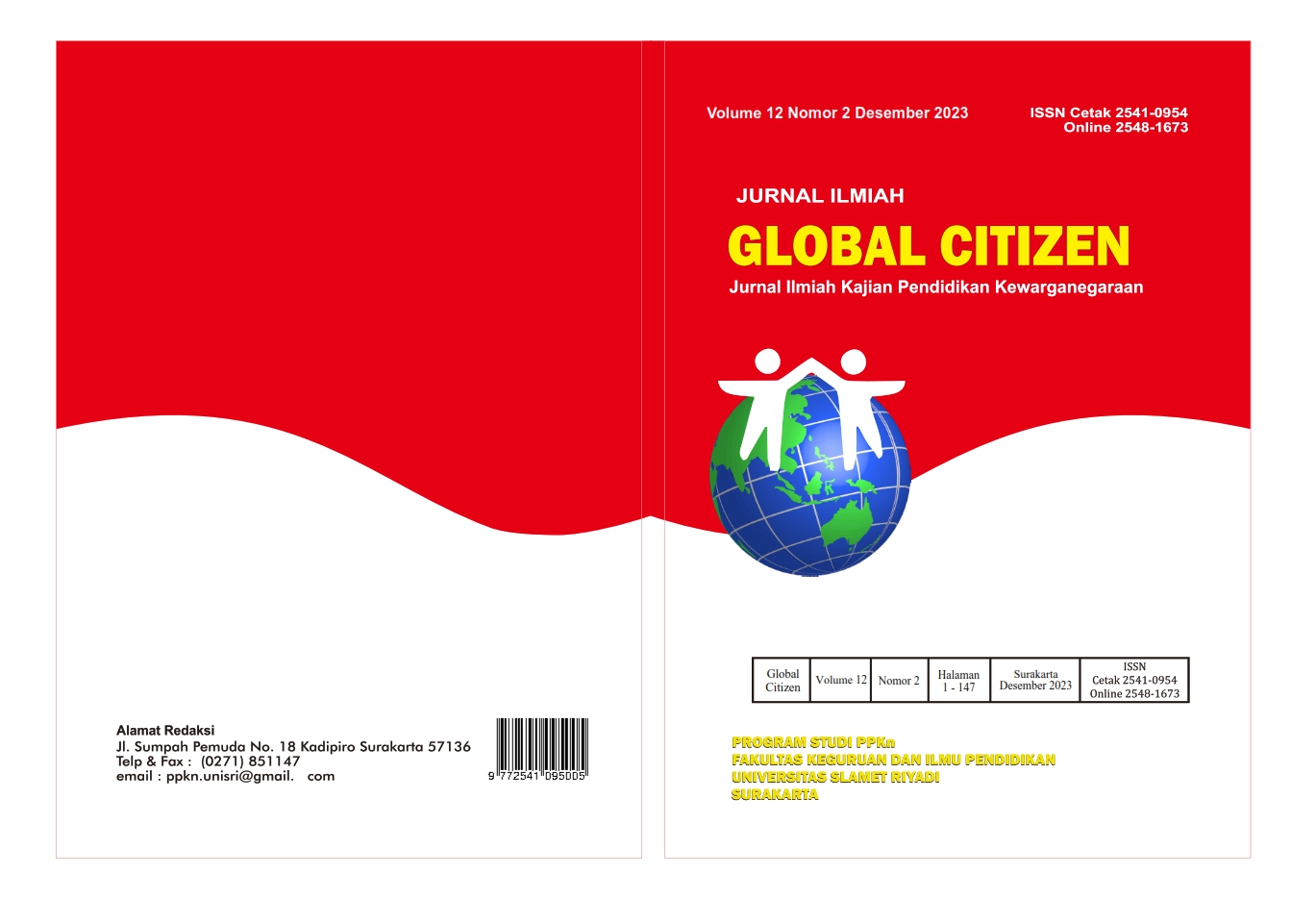TEORI SIBERNETIK DAN IMPLIKASINYA TERHADAP MODEL PEMBELAJARAN BRAIN BASED LEARNING PADA PEMBELAJARAN PKN
DOI:
https://doi.org/10.33061/jgz.v12i2.9243Abstract
The world of education, especially Civics learning, requires innovation and variation in the learning methods applied. The brain-based learning method is very interesting because optimizing brain work can be started in a simple way. Educators' knowledge of fundamental questions about "what is good for a child's brain?" is the essence of applying this learning method. This is research that uses a qualitative approach with a literature study method. The process of data analysis is done through reduction, display, verification, and drawing conclusions. The results of the study state that the Brain-Based Learning Method with cybernetic learning theory is an innovative alternative in Civics subjects, so that learning is more efficient and fun. This learning method can be carried out in simple ways, such as paying attention to brain nutrition in students, paying attention to brain relaxation such as stretching or relaxing and listening to music, paying attention to plants and class aromas that can improve brain performance, paying attention to recess, and playing games in class.

Downloads
Published
How to Cite
Issue
Section
License
Copyright (c) 2023 Siska Damayanti, Karim Suryadi

This work is licensed under a Creative Commons Attribution-NonCommercial 4.0 International License.
Authors who publish this journal agree to the following terms:
- Authors retain copyright and grant the journal right of first publication with the work simultaneously licensed under a Creative Commons Attribution License that allows others to share the work with an acknowledgement of the work's authorship and initial publication in this journal.
- Authors can separately make additional contractual arrangements for non-exclusive distribution published by the journal (e.g., publish it in a book), with an acknowledgement of its initial publication in this journal.
- Authors are allowed and encouraged to send their work via online (e.g., in the institutional repositories or their website) after published by the journal.















